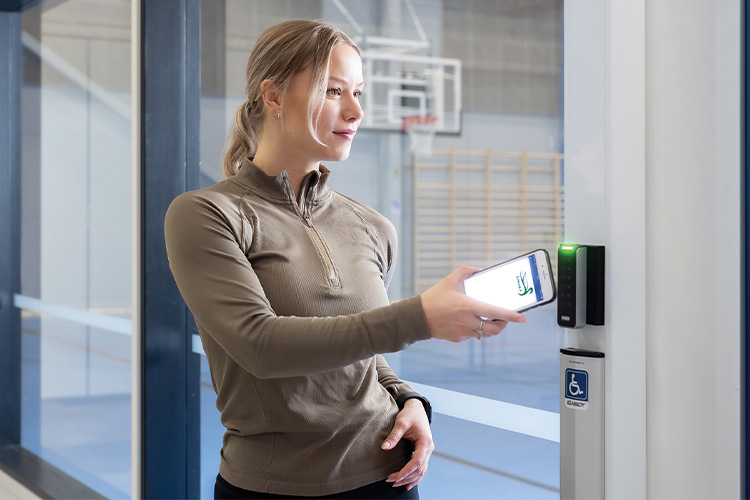Jaroslav Barton, HID’s Product Marketing Director for Physical Access Control, looks at how the uptake of smartphone-based solutions can add real value to building owners.
Access control has changed markedly in recent years. No longer is it just a way to prevent entry to a building by unauthorised people. As the technology has evolved, it’s playing a far greater role to enhance the operational functioning of buildings so that they’re smarter, greener and more efficient.
A key enabler is the option to transition away from using physical plastic access cards – which utilise RFID technology – to smartphone-based solutions, along with wearables like smart watches. These then leverage virtual credential technology connecting to mobile-enabled door readers to allow people to enter.
All iOS or Android devices are supported, with cloud-based software used to manage the licensing, virtual credentials, access rights, validating or revoking of IDs and dealing with visitors or contractors.
Products that are interoperable and support industry standards are available so commercial real estate (CRE) owners can create an ecosystem of solutions, whilst avoiding vendor lock-in. Deploying mobile access is easy and security maximised as the latest encryption, communications and authentication standards are used.
Mobile has other advantages. People look after their expensive smartphones compared with plastic access cards; research shows a whopping 17% are lost or mislaid every year, creating a huge security risk. If a device is lost, the digital credential can be wirelessly and quickly disabled. Mobile is obviously better for the planet as digital credentials mean PVC cards don’t have to be made, avoiding creation of waste and carbon emissions. This enhances a building owner’s sustainability initiatives and Environmental, Social and Governance (ESG) Index scores.
Many CRE owners today include workplace experience apps as part of services offered. When mobile access is integrated, it makes access control an essential component, driving up app traffic and helping CRE owners boost their net operating income. Happier tenants mean less churn, resulting in greater longer-term revenue generation.
An exciting development with mobile access control is the forthcoming availability of solutions with built-in ‘identity positioning’. This provides real-time information about how people are using the building – based on data about where they are provided by their phones. No personal and private data is collected. Rather, information is anonymised and grouped to provide an overall picture about trends like space utilisation, occupancy and so on.
It moves access control from just being a security solution to one that’s far more important. For example, by providing real-time data to an appropriate heating, ventilation or air-conditioning (HVAC) system, the temperature could be reduced automatically if a group of 20 people gather in a meeting room. Similarly, workplace app developers could take ‘staff location’ to augment the solutions they provide.
Mobile access solutions are evolving to help CRE owners differentiate their buildings, add tenant value and make their operations ever more efficient. Not only that, but they’re cost- effective and quick to install.


